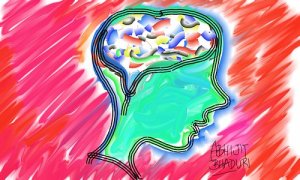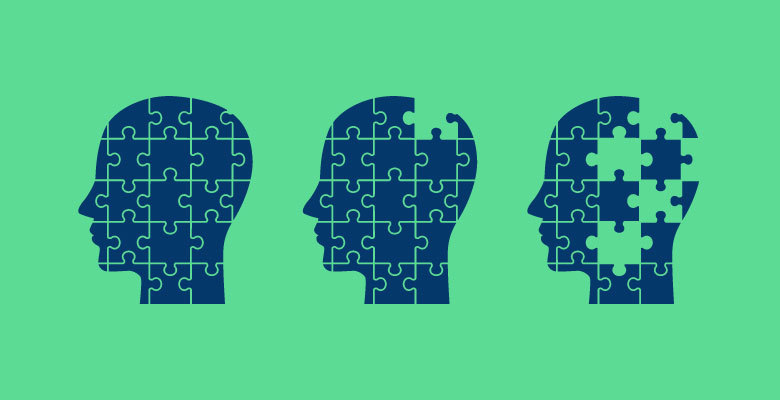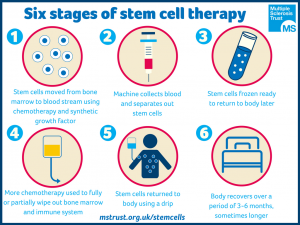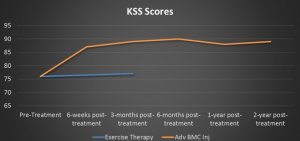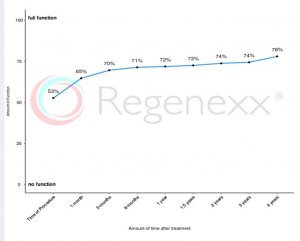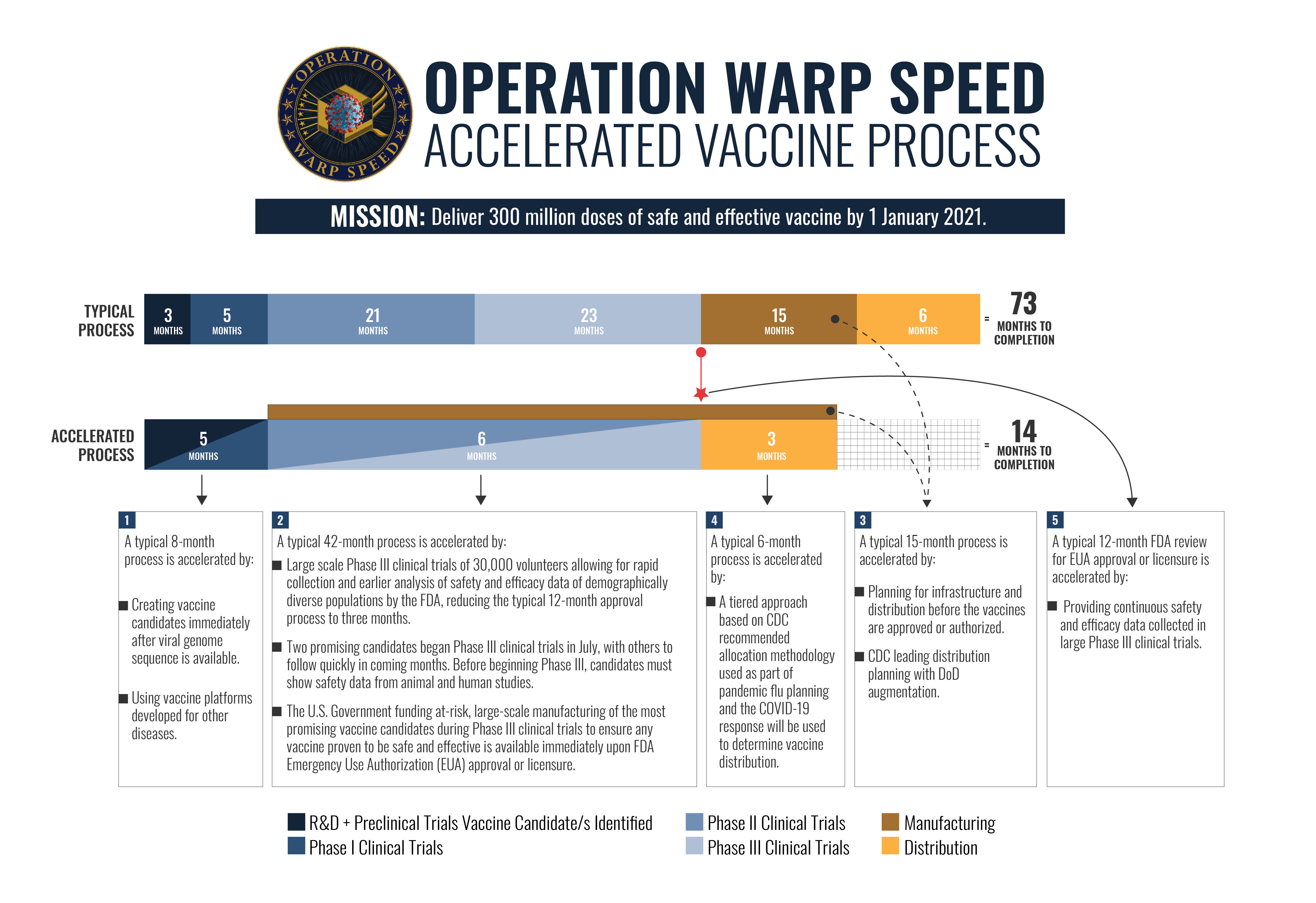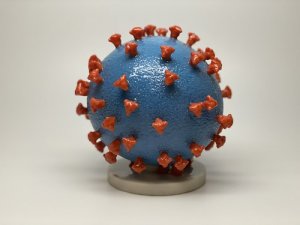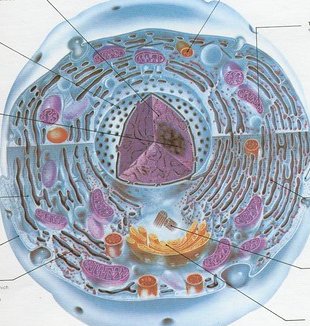Are you struggling to find solutions for your child’s ADHD other than medication??
Many parents feel the same way, but medication is NOT the only answer. According to the Center for Disease Control, 9.4% of Americans are currently diagnosed with ADHD. This number is staggering and only continues to grow. With pharmaceutical companies on the rise, the push for medication vs. holistic approaches in all health care areas of life has increased dramatically. Most parents have attempted to research methods to help treat their child’s ADHD symptoms but there is so much information out there it is hard to tell what is FACT or FICTION?
Dr. Bhargava from Medscape Education about Treating ADHD Without Medication
Dr. Bhargava’s Suggestions
The following are holistic suggestions provided by Dr. Bhargava regarding daily changes to help treat the symptoms of ADHD.
- Get more sleep
- Stay Hydrated
- Increase the amount of daily exercise
Fact or Fiction?
Although Dr. Bhargava’s suggestions seem to be helpful, FACT or FICTION? Multiple studies have been conducted over the years to support these claims. One study completed by pediatric doctor Theresa Lavoie, provided evidence to support that these changes can make a difference. Years of experience and studies completed in the field support that healthy sleeping habits in combination with the right amount of routine exercise can help to decrease the symptoms of ADHD in children without the use of medication (Lavoie, 2009).
Does the food your child eats have an effect on their ADHD?
This video produced by ADDitude reports on foods a child diagnosed with ADHD/ADD should avoid or add into their diet. According to this video the top 5 things children diagnosed with ADHD should avoid eating:
- Trigger foods
- artificial flavoring and preservatives
- High sugar foods
- Non-Natural food dyes
- Pesticides
Fact or Fiction?
This article was very short and straight to the point. This raised questions if the information was factual. Diet is a common topic across the entire ADHD community, and there is a lot of research out there that supports these claims. An article written by doctors Jerome Sarris and James Lake titled Complementary and Alternative Treatments for ADHD: What the Evidence Suggests shows there is some truth in this video. After completing a lot of research, Sarris and Lake concluded Dietary changes will benefit a lot of individuals but not all, as Lake and Sarris report, “roughly one-third of hyperactive children may benefit from some form of an elimination diet” (Lake & Sarris, 2019). They did report that children who followed a specific diet eliminating foods provided a reduction in their hyperactivity (Lake & Sarris, 2019).
Now that we know some strategies to implement, How Can You Help as A Parent or Caretaker?
In this video, pediatrician Dr. Bradshaw and psychiatrist Dr. Schumann share their professional, holistic parenting suggestions to parents of children who are diagnosed with ADHD/ADD.
References
ADDitude, M. ( (2017). 5 Foods Kids With ADHD Should NOT Eat [Video file]. Retrieved from https://www.youtube.com/watch?v=MIKcXWgA70&list=PLKgdzdf9DL6H68RNSNkYIEWvfdL1KXQIS
Bhargava, H., MD (Director). (2016, December). Medscape Treating ADHD Without Medication [Video file]. Retrieved from https://www.youtube.com/watch?v=4QB9gTtGa_I
Bradshaw, P., & Schumann, J. (Directors). (2017). Parenting a child with adhd – how the view the world and behave [Video file]. Retrieved from https://www.youtube.com/watch?v=hrlpIXs8N_E&feature=youtu.be
Lake, J., & Sarris, J. (2019). Complementary and Alternative Treatments for ADHD: What the Evidence Suggests. Psychiatric Times, 36(10), 39–41.
Lavoie, T. (2009). Holistic Treatment Approaches to ADHD: Nutrition, Sleep,and Exercise, Part 7. Exceptional Parent, 39(4), 46–47.


